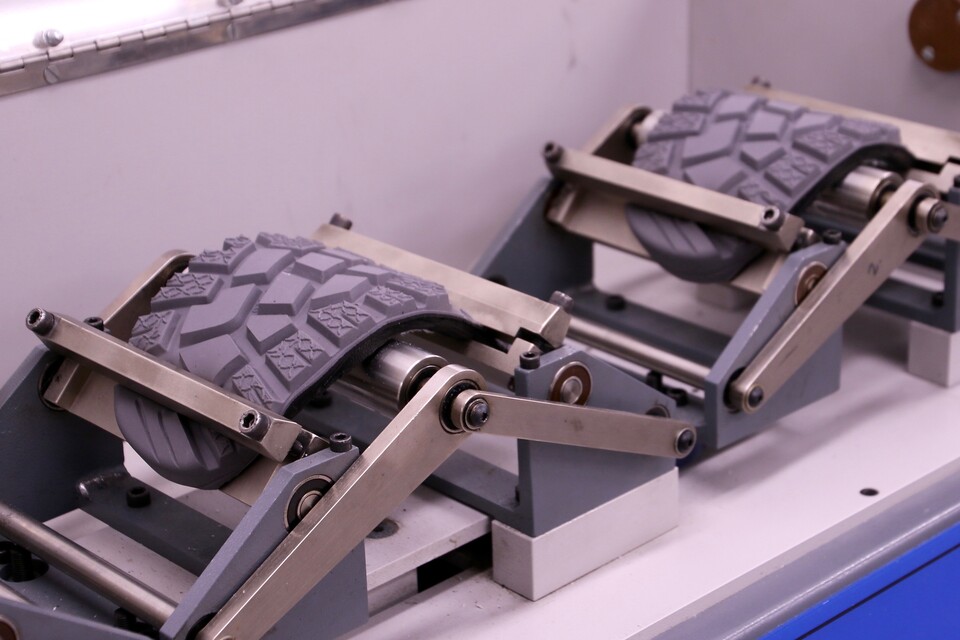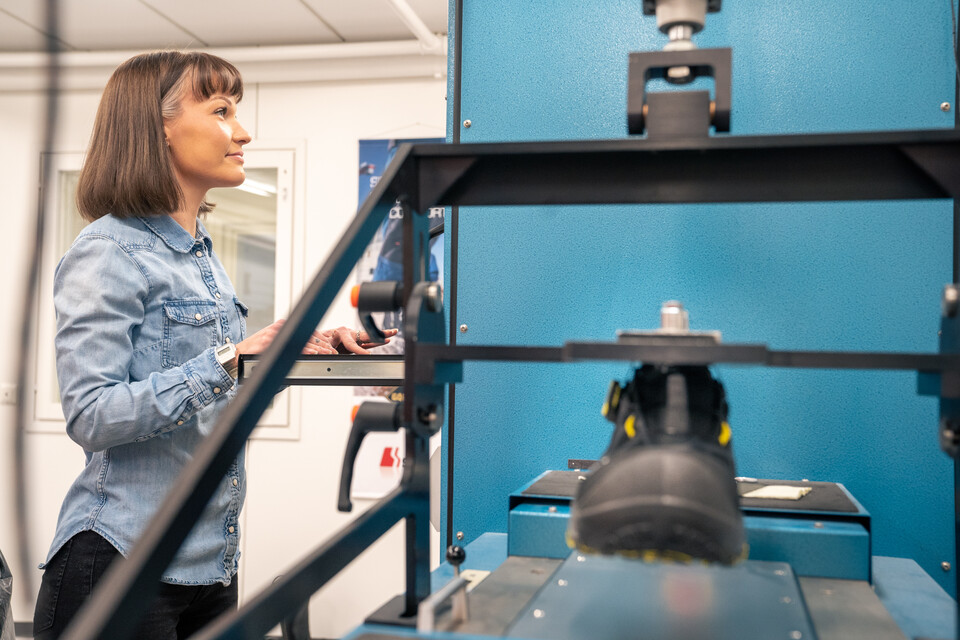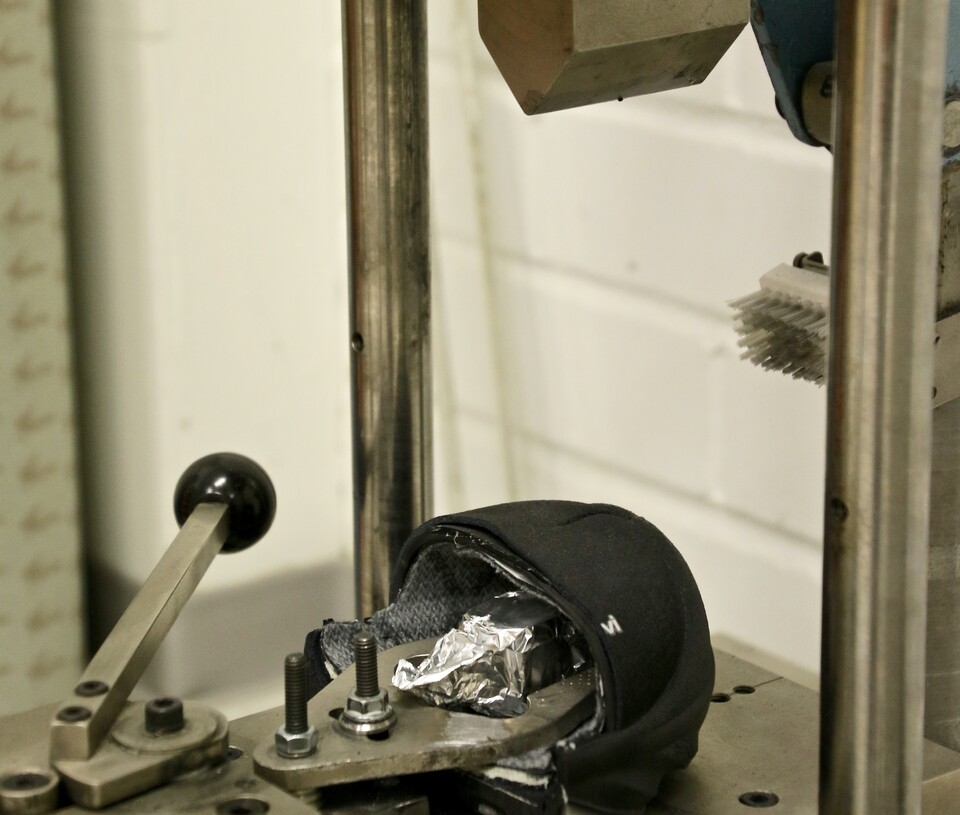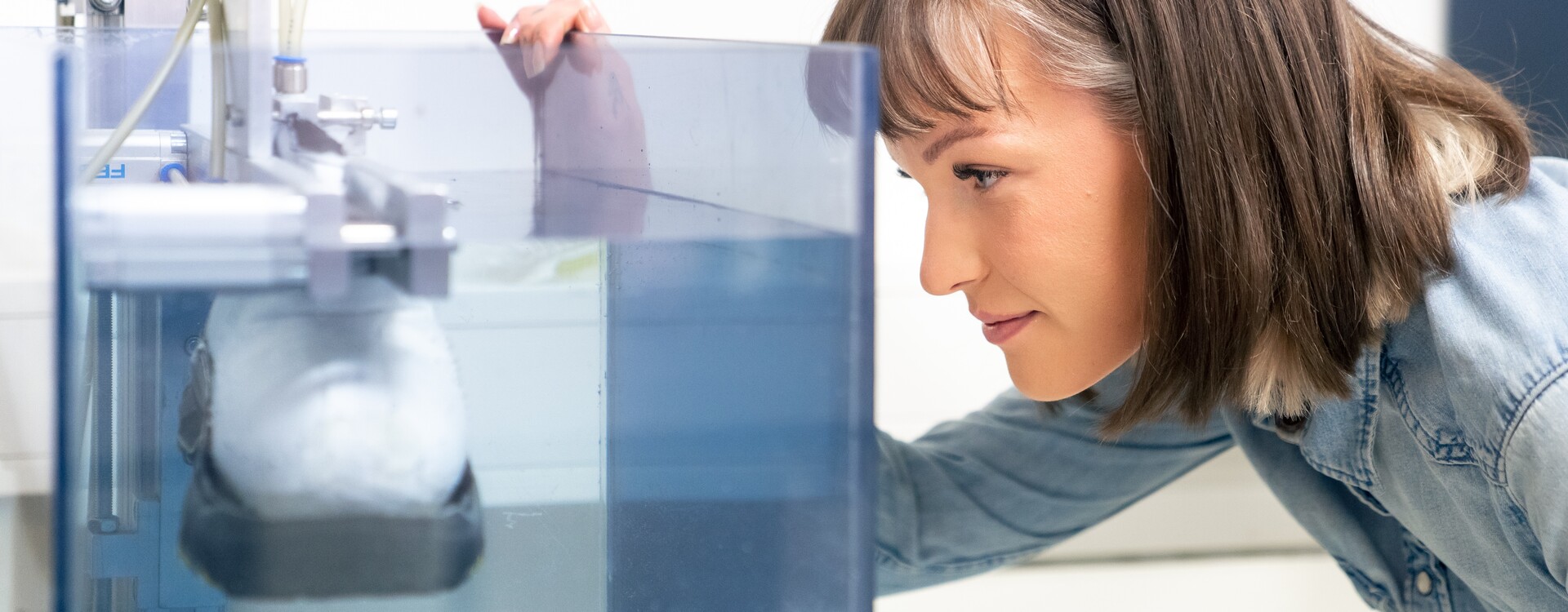Sievi’s safety and occupational footwear fulfils the requirements of the EN ISO 20345 (safety footwear) or the EN ISO 20347 (occupational footwear) standards. Safety and occupational shoes are also further divided into different safety classes based on the shoe’s properties. All Sievi shoes are tested as a part of the certification process, in which an external testing company makes sure that the shoes fulfil the requirements laid down in the EN ISO standards. Sievi also has its own state-of-the-art test laboratory where different models and components are constantly tested.





